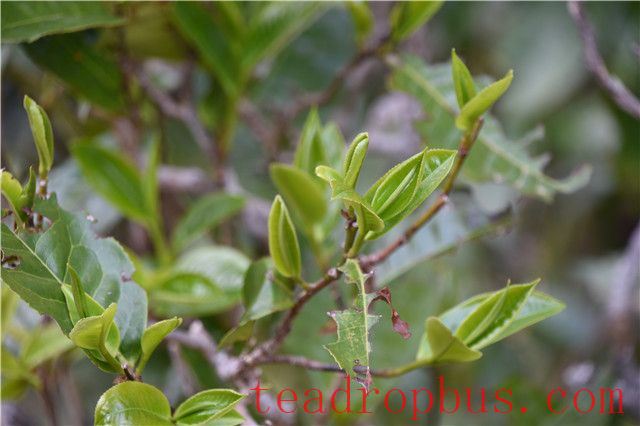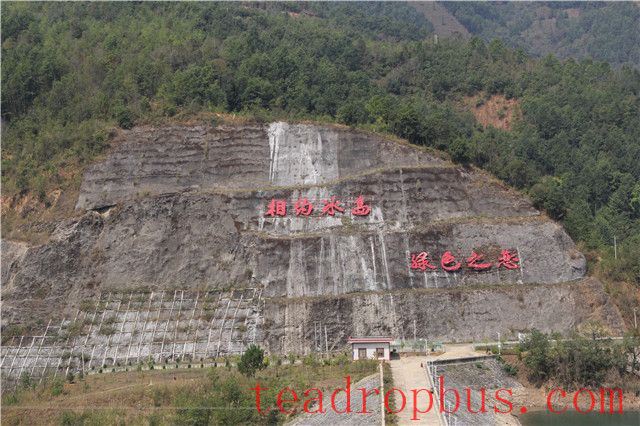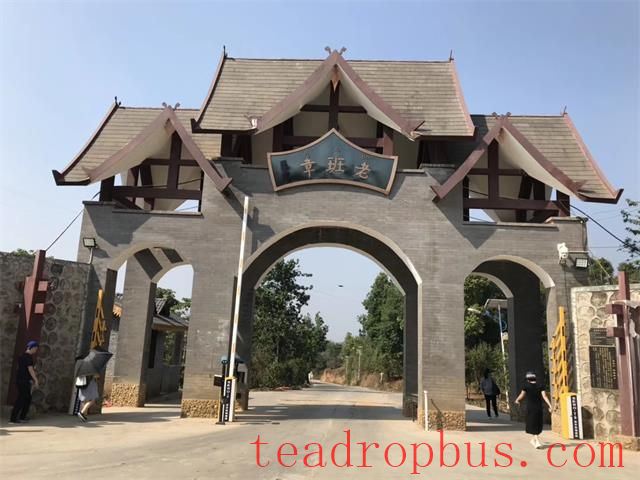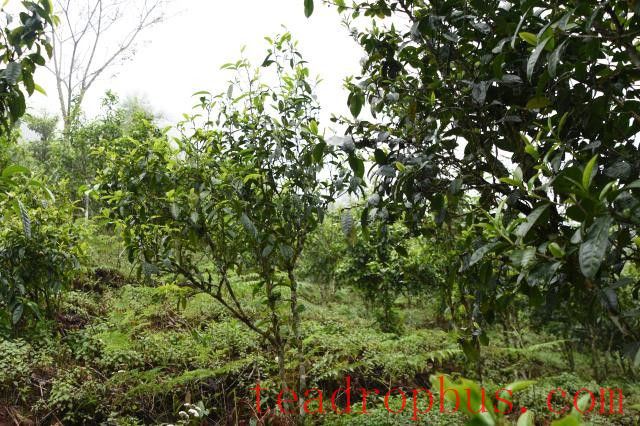Those who frequently drink Puer Tea are aware that it is divided into different production areas and mountain peaks. The taste of the tea varies from one area to another and even from one mountain to another, hence the saying “each mountain has its own flavor.” We often hear terms such as “Laobanzhang,” “Yiwu,” “Bingdao,” “Jingmai Mountain,” “Laobanzhang is king, Yiwu is queen,” and other references to Puer tea from seasoned tea drinkers. For newcomers to Puer tea, these terms can be confusing. Today, we will introduce the main production areas of Puer tea and their characteristics.

The Four Major Puer Tea Production Areas in Yunnan
The four major Puer tea production areas are Xishuangbanna, Lincang, Pu'er, and Baoshan, with the following characteristics:
Xishuangbanna Production Area: This area primarily includes the Yiwu, Menghai, and Jinghong tea regions. Yiwu teas are known for their “aromatic and soft water” (referring to the tea liquor's texture), while Menghai teas are the most famous, including well-known brands like Menghai Bajiaoting and Xinghuo Tea Factory.
Lincang Production Area: This includes Lincang City, Yun County, Yongde, Zhenkang, Shuangjiang, and other locations. The tea quality in Yongde and Lincang is relatively high, characterized by a “sweetness with a hint of greenish astringency.”

Pu'er Production Area: This includes Pu'er City, Ximeng, Menglian, Lancang, and other places. Jingmai Mountain's ancient tea garden is the most famous here, and the teas from this region generally have a lighter taste and a quicker return of sweetness.
Baoshan Production Area: This includes Baoshan City, Tengchong, Changning, Shidian, and other locations. The Puer tea from Changning is the most famous for its stronger taste and a quicker return of sweetness.
The taste and characteristics of Puer tea vary slightly among different production areas, but each area's Puer tea possesses unique qualities and features worth tasting and appreciating.
Main Production Areas and Peaks of Xishuangbanna Puer Tea
1. Menghai Tea Region
Menghai is located south of the Lancang River and includes the Nanuoshan, Bulangshan, Mengsong, Bada, and He Kai tea mountains within Menghai County. The teas from this region tend to be more robust and are described as “strong.” Representative peaks include Laobanzhang, Laoman'e, Naka, Nanuoshan, and Pasha.

2. Yiwu Tea Region
The ancient six great tea mountains are the birthplace of Puer tea, and Yiwu is the first town to produce tribute tea. Yibang, Mangzhi, Gedeng, Manzhuan are also known as the four mountains of Xiangming. Youle is in Jinghong City, Xishuangbanna, which is closest to Jinghong. Famous peaks such as Mansong, Wangu, Mahai, Luoshuidong, Tongjinghe, Bohetang, Guafengzhai, Baihuatan, Chaowangshu, and Gaoshanzhai all belong to the Yiwu tea region. Over 80% of the top peaks come from the Yiwu tea region, and the well-known Guoyoulín ancient tree tea mostly originates from Yiwu.
Main Production Areas and Peaks of Lincang Puer Tea
This production area is located north of the Lancang River and mainly includes the Mengku tea region (where Bingdao is located) and the Bangdong tea region. The most distinctive feature of the teas from this region is a “sweetness with a hint of greenish astringency,” which makes them stand out. Lincang is also the hometown of Yunnan Black Tea, and the famous Yunnan black tea is mainly produced in Fengqing, Lincang. Representative peaks include Bingdao five villages, Daxueshan, Bangdong, Mangfei, Baiying Mountain, and others.

Main Production Areas and Peaks of Simao (Pu'er) Puer Tea
Pu'er City was formerly known as Simao City and was renamed Pu'er City in 2007. This production area is located north of the Lancang River East. Pu'er was one of the largest distribution centers for Puer tea during the Qing Dynasty's Yongzheng period, and the central government established the Pu'er Prefecture here for easy administration. According to historical records, there is over 1,300 years of tea cultivation history in this area, earning it the reputation of being a natural museum of tea trees. There are many ancient tea gardens in the Pu'er tea region, such as the ancient tea garden on Jingmai Mountain in Lancang County, the ancient tea garden at Qianjiazhai in Zhenyuan County, and Jinggu Yanggu Dabaitea. On Jingmai Mountain, there is still the world's best-preserved and largest artificial cultivated ancient tea forest. Representative peaks include Jingmai Mountain, Wuliang Mountain, Kunlushan, Mojiang Phoenix Nest, and others.